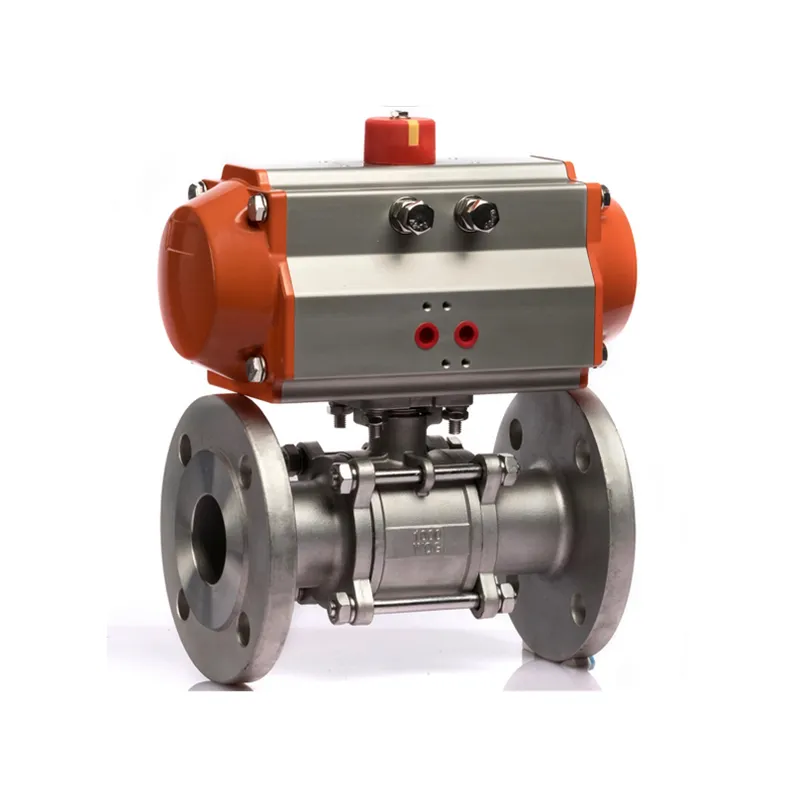How to produce Flange Ball Valves
2025-06-03
Producing flange ball valves involves a multi-step process that includes design, material selection, casting or forging, machining, assembly, and quality control. Here's a high-level overview of how they are manufactured:
1. Design & Engineering
Create CAD drawings and technical specifications.
Define valve pressure rating (e.g., ANSI 150/300/600, etc.), material (carbon steel, stainless steel, etc.), size, and standards (API, ASME, DIN).
Design components: body, ball, stem, seats, flanges, handle/actuator.
2. Material Selection
Common materials: ASTM A105, A216 WCB (carbon steel), A351 CF8M (stainless), brass, etc.
Select suitable seat/seal materials (PTFE, RTFE, metal, etc.) based on application.
3. Casting or Forging
Casting: For complex shapes or large volumes.
Sand or investment casting used for valve bodies.
Forging: For high-strength applications.
Forged valve bodies offer better grain structure and pressure performance.
4. Machining
CNC machining for:
Valve body and bonnet.
Ball (must be spherical with mirror-finish surface).
Stem, flange face, and bolt holes.
Precision is crucial for sealing and operational integrity.
5. Surface Treatment
Anti-corrosion treatment (e.g., shot blasting, pickling & passivation, painting).
Internal coatings or linings (if required).
6. Assembly
Assemble ball, stem, seats, seals, and body.
Apply proper torques to bolts and other fasteners.
Use anti-static and blowout-proof designs as required by standards.
7. Testing
Hydrostatic pressure test (shell & seat leakage) – per API 598 or ISO 5208
Air pressure test (seat leakage).
Optional fire-safe, fugitive emission, or cycle life testing.

8. Inspection & Quality Control
Dimensional check.
Material certification (MTRs).
Visual inspection.
Marking per standard (e.g., valve size, pressure class, material).
9. Painting & Packaging
Paint per customer or industry spec (e.g., epoxy, polyurethane).
Protect flange faces with plastic covers.
Pack in crates or boxes to prevent damage in transit.
Optional: Automation
Mount actuator (pneumatic, electric) if needed.
Set limit switches, solenoids, and test the control system.
Compliance Standards to Follow
Design: API 6D, ASME B16.34
Flanges: ASME B16.5
Testing: API 598, ISO 5208
Face-to-Face: ASME B16.10
If you are very interested in our company's products or have any questions, please feel free to contact us.